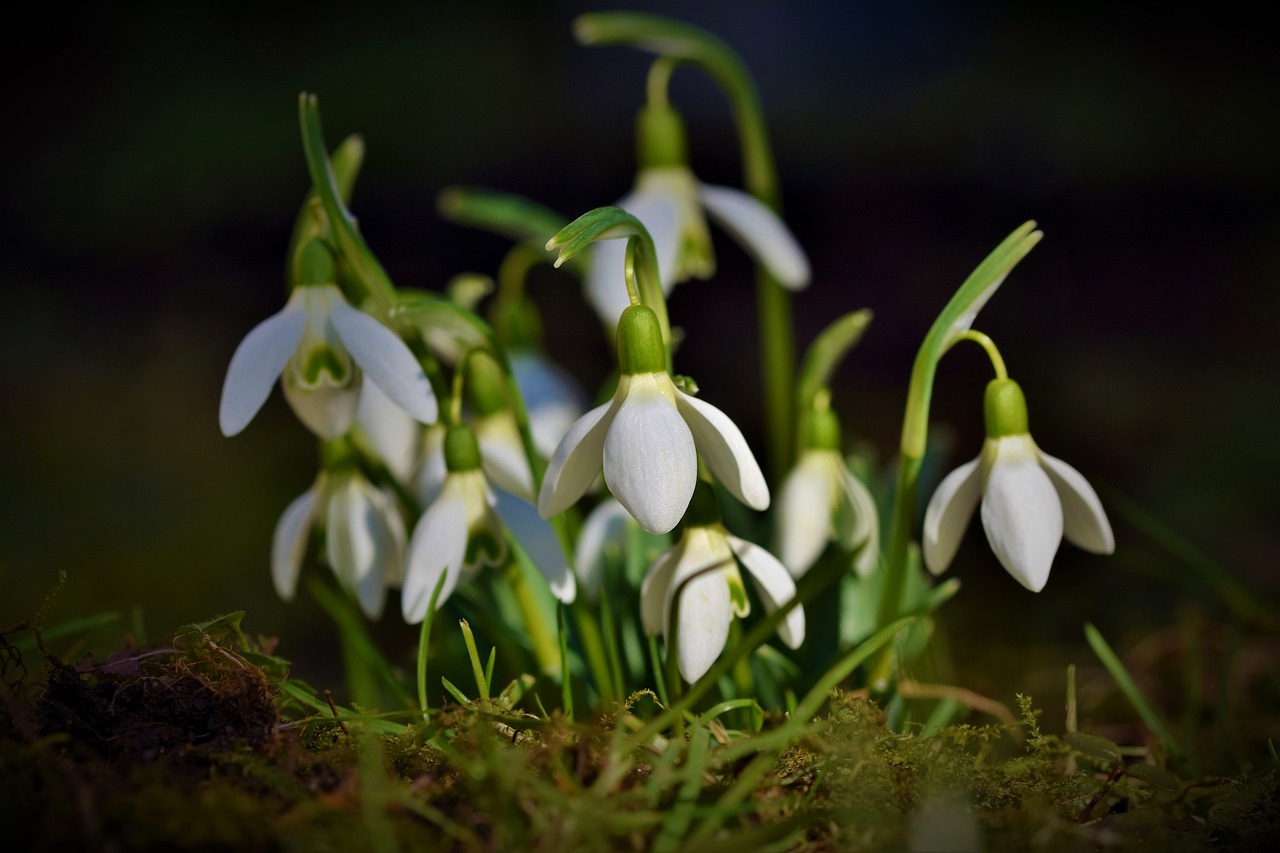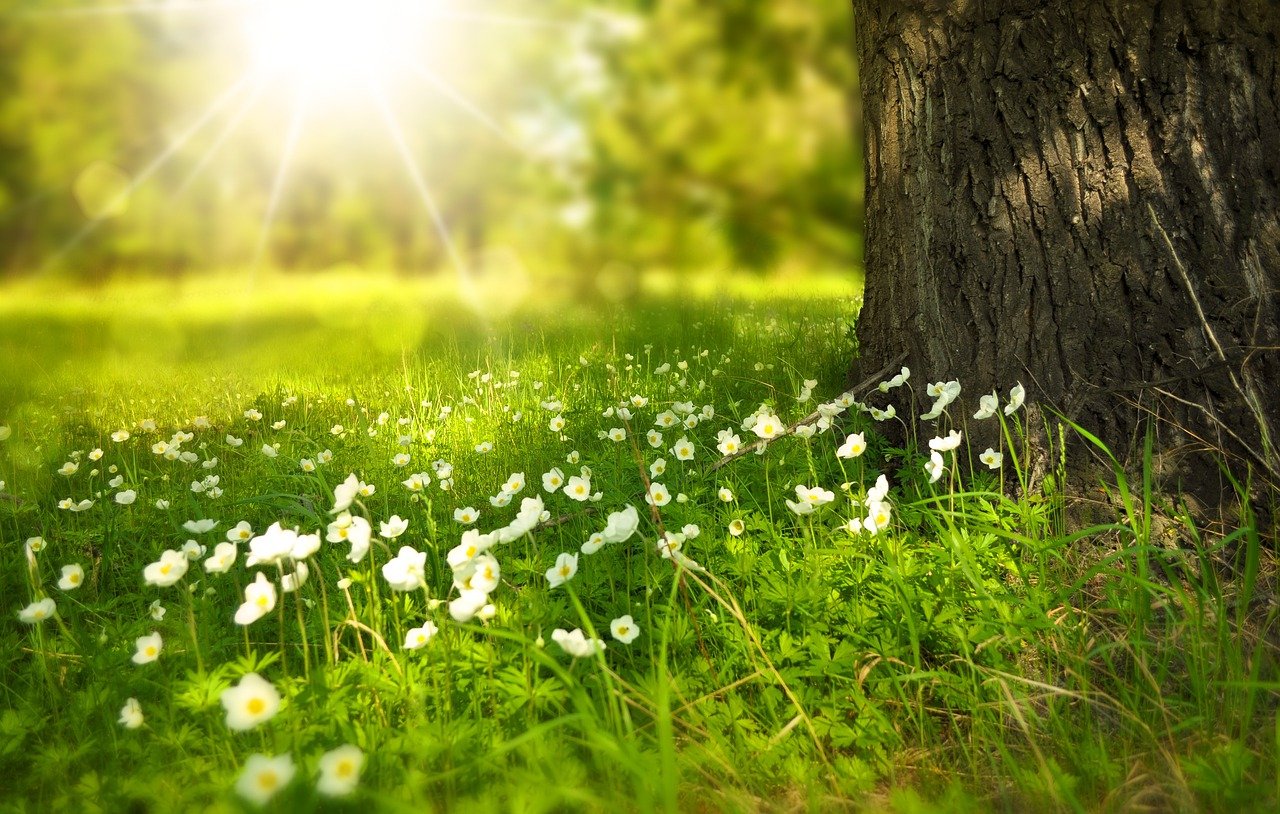Never underestimate how important the right color is for your boundary fence. The choice of color can either enhance the look of your garden or the overall look and feel of your property, or it can make the place appear dingy and far smaller than it is.
In any event, your boundary fence is like the receptionist of your business – it’s the first line of defense and visitors will be left with either a great first impression or they will be unimpressed with your property at first glance. In short, your boundary fencing should be setting the scene.
Your boundary fence should also be an extension of your house, and it can be made out of various materials like wood, metal, brick, and mortar, or even bamboo. They also come in different heights and widths, depending on the style of your home. The height may even be dictated by rules set by your municipality’s by-laws or heritage considerations.
Decorators have started thinking about the exterior of homes as an extra room. So think of your garden area, patio, or pool section as the fourth room of your three-bedroom house. Whatever color you paint the boundary fencing surrounding these areas needs to create the right mood or ambiance and needs to invite residents and guests alike into these newly created exterior spaces.
Don’t choose your color on a whim but also bear in mind that selecting a color doesn’t have to be stressful and you would do well to remember that paint isn’t permanent (although it will cost you a bit if you change the color).
Here are a few things to think about when you’re choosing a color for your boundary fencing:
Go against convention

Exteriors surfaces are very different from interior walls when it comes to the choice of paint color. For one, lighter shades make feature gardens appear small because they don’t add to the depth of the space of your outside areas.
By using dark colors, you go against conventional wisdom because you would choose a lighter interior surface to make rooms and indoor areas appear larger. Indoor walls are usually painted lighter colors too because they also assist in enhancing natural light flowing into your home.
But with outside surfaces and especially boundary fences you want to turn that conventional wisdom on its head. What you want is for your greenery – the foliage and flowers in their brilliant colors – to stand out. This is best achieved by painting your boundary fence a darker color or even black to create a look that makes your garden and overall property appear larger and showcases your garden because it creates depth.
Complement, don’t outshine

Remember, the focus should be on your garden or landscaped area and not on the boundary fence. So avoid painting the boundary fence a bright color that will make it the center of attraction. Stay away from bright orange, yellow or red because these colors will compete with what you’re actually trying to show off: your garden.
Instead, opt for earthy tones. Black is always best because it brings out the vivid colors of plants and flowers and is easier to maintain. Dark or navy blue is also a favorite, especially on cast iron fences in London. Stony grey is another popular option to show off landscaped gardens and foliage displays.
If you’re worried that a black fence may be too much on the eye, then consider a trellis against it and plant some climbing plants to soften the look – although this will be most practical on the inside of the boundary fence.
Don’t camouflage

Always be careful with dark brown or dark green because you may be creating a camouflage effect where your impressive gardening skills will be lost to admirers.
Don’t be afraid to go very dark with the color you choose for your boundary wall. When using colors outside, they also appear lighter in direct sunlight, and the undertone of whichever color you choose may look far dominant than what you had in mind.
Bear in mind too that whatever color you paint your boundary fence, it will have to complement the exterior walls of your home. While you’re looking to find a good match for your exterior walls also consider what color the window frames, shutters or doors and frames are painted. You don’t want your boundary fence color clashing with or camouflaging these essential elements of your house.
Do the prep work

When choosing a color, don’t forget to consider the surface. Black usually works best with solid fences rather than on a picket fence for instance. With wrought iron, palisade, or picket-style fencing a dark or navy blue often works best, and again, this is quite a trend with townhouses in London.
Also, remember that your boundary fencing will need to be prepared before painting. Treat bare wood with a blocking primer, then prime before painting with an exterior eggshell to make it weather resistant. If the fence has been painted before it will need to be sanded to remove loose or flaking paint.
The time to go bright

That there is a role for brighter dark browns or dark greens – or even more vivid colors depending on what your boundary fence is surrounding. Dark brown or dark green should be considered if your boundary fence is covering a backyard area with a pool and patio, decking or pebbles, paving or concrete floors, and has pot plants as decorative features rather than a landscaped garden.
You may even want to experiment with brighter colors on a boundary fence that accentuates outside furniture and pool-side walls. The bright, playful colors can create a fun vibe that is usually associated with pools and outdoor activity. Think about how a hot pink boundary fence will look around furniture in a contrasting color, complemented with a few potted plants to transform your pool area into a tropical oasis. The more creative DIY-practitioners may even want to consider playing around with two shades of the same color and painting a pattern on a pool-side boundary fence to create a particular mood.
Don’t reinvent the wheel

Nothing is ever an original idea so don’t be coy to drive around the neighborhood to have a look at what others have done to the color of their boundary fencing. At the risk of coming off as a peeping Tom, take pictures if you need to. Make a list of what’s hot and what is not. The point is that you’ll be able to see what worked and what didn’t, depending on your own unique needs and circumstances.
If you’re friendly with a neighbor, who had recently painted their boundary fencing then invite them round for tea and hear what they thought when they decided on the choice of color.
If this approach doesn’t work, you can always go online to see what others have done to make their boundary fences enhance their homes. The advantage of the worldwide web is that you don’t have to keep your search for inspiration local and can adapt any style or look for your home.
Also, consider what type of finish or application you will be using on your boundary fence surface. Depending on the need, you would need to think about whether you’re going with a shiny, high sheen finish or a matt finish. Once you’ve chosen a color, you need to think about how you will apply the paint too: brush or spray.
For boundary fencing that is black or dark around a lush garden, you’re probably better off painting a matt finish with a brush or roller. If you’re painting color on a boundary fence as part of a feature to create an ambiance around a pool where there is minimal foliage, you want to consider using paint that produces a rich, shiny finish. Also, think about how much time you’re prepared to invest in painting the boundary fence. You can do it by hand quite successfully, but this will take a lot of time. Alternatively, you could rent or buy a professional spraying system to get the job done faster.
Get a few test colors from your nearest paint shop and test them on your fence. When testing a shade, be sure to have some of your plants or flowers in the background to see what it will look like.
For best results, undertake outdoor painting projects when the weather’s dry. Don’t ever paint damp wood since this will cause the paint to blister and flake off. It is not advised to paint in direct sunlight or when temperatures exceed 30°c.
If you’re not positive you can do it yourself, you can always use the service of an online quote comparison site to get access to a network of paint professionals who can do it for you.






